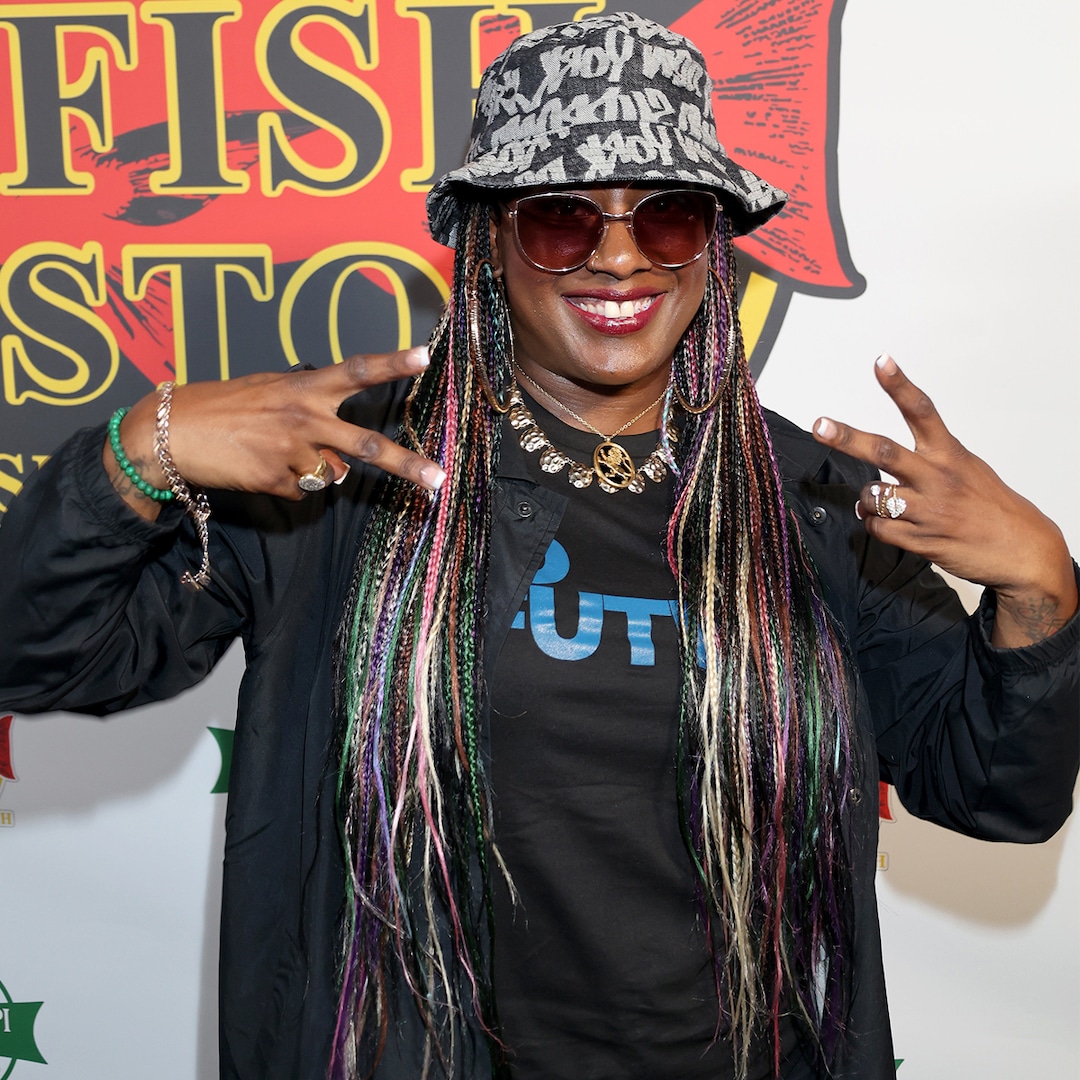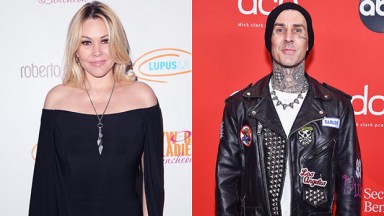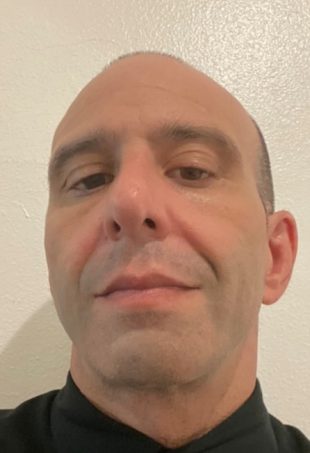
Anthony M. Caro on the Coming Release of the Anthology Tragedy Man
What is Tragedy Man’s premise?
Five actors. Five auditions. Five tales of terror.
Tragedy Man’s framework features a collective of actors chasing fame in early 1970’s New
York. The best they can get is an audition for an improv gig at a rundown New Jersey theater,
and they’re stuck improvising tragedies while hoping for a break across the bridge.
Acting out improvisations transforms into stories highlighting the various character’s career
path-driven failings, misfortunes, and woes. Has-beens, never-was’s, and overachievers – they all
have a tragedy to tell.
What is the overall theme of Tragedy Man?
Thematically, the stories’ actors all suffer from refrains of “Why didn’t things go my way? Why
didn’t I get what I wanted? Who do I blame?”
Actors, writers, and other creatives sometimes hurt themselves. Ego, laziness, or a terrible
attitude undermine even those with extraordinary talent. Entertainers who ruin their careers don’t
always look inward. They become blind to the warning signs colleagues and others give them.
Can we get a little teaser about the five tales of terror in the work?
Sure. I’ll give you the titles and some kind words:
Coin Toss: A broke street musician/wannabe actor must get a pawned scooter back to take
advantage of a big break. He has no money to pay the pawn, but he’s willing to do something
downright devious to get the scooter back.
Not-So-Dead Flowers: A bitter, vindictive former film star runs a flower shop during her forcibly
imposed retirement. At least she has equally bitter and vindictive – and lively – flowers to keep
her company.
Nothing Funny About This Night Train Trip: A young standup comic accepts a truly bizarre
traveling performance gig for an audience that is hiding something…and themselves…inside a
train’s boxcar.
Home Movies: Something snaps inside the head of a reluctant porn star, so he goes on a
murderous revenge spree across Times Square. His co-worker captures the rampage on her Super
8 camera.
The Upbeat & Swinging History of Doctor Faustus: A once successful game show host exits
retirement to take a second stab at unachieved theatrical fame. A ludicrously improvised musical
version of Faustus’ legend provides a chance at salvation with the risk of damnation.
There’s a lot of melodrama going on in these stories.
Sure. Still, Tragedy Man remains a horror work with some drama and hardboiled crime in the
mix. And yes, there’s some humor found in its pages. I guess you could say the work is heavily
transgressive and transreal influenced – think Less Than Zero and Fight Club for the horror
crowd. The stories might be fantastic, but the characters’ underlying anxieties are genuine for
those who “lived the life” in movies, TV, or the stage. Loners, outsiders, and people who can’t fit
in – or can’t figure out why they don’t fit in – permeate transgressive works. Those characters and
horror stories make a good fit.
Transgressive works half-pay tribute to and half-reimagine their influences. Tragedy Man takes
place in the 1970s, and the five stories are what you’d find in a horror paperback or comic book
from the era but deconstructed. You take simple – almost juvenile – plots and make them darker
and edgier by focusing on the characters.
You want horror and fantasy, but you want real characters experiencing real emotions and
trauma.
What other anthology pieces inspired you?
Oh man, there are too many to list them all. Of course, the Amicus anthology films of the 1960s
and 1970s were huge favorites. I first caught Dr. Terror’s House of Horrors on UHF TV in the
early 1980s and dug it a lot. In the late 1980s, I rented Amicus’ Tales from the Crypt EC
Comics’ adaptation on VHS. That’s my favorite from the company. Amicus didn’t invent the
portmanteau anthology framework, but they did the best job with it.
DC Comics’ House of Mystery and Ghosts anthology comic books also influenced my approach
to short story writing. As a teenager, I tracked down reprints of EC Comics’ books – as many
titles as I could get in those days, crime, war, sci-fi, suspense, horror, and crime.
Then, there’s Creepshow. The original publication blew me away, and I caught the movie in the
theater when it first came out. Great memories.
As for actual prose, I enjoyed Robert Bloch, Ray Bradbury, Joe R. Lansdale, and so many others.
Horror fiction editors deserve some credit, too. The late Martin H. Greenberg put out so many
excellent collections. So did Jeff Gelb with Shock Rock and Hot Blood.
And how could I not mention all those great TV programs – Twilight Zone, Night Gallery,
HBO’s Tales from the Crypt, One Step Beyond, and Alfred Hitchcock Presents. Tragedy Man
results from a lifetime of appreciating anthology works.
Do you have a favorite character in Tragedy Man?
I bounce back and forth between them, but the aged former game show host Elmore of the final
story might be my favorite. He’s long retired and desperate to be taken seriously. Elmore ends up
latching onto a poorly conceived Godspell/Jesus Christ Superstar/Rocky Horror concept
musical production/fiasco of Christopher Marlowe’s Doctor Faustus. He’s hoping for one final
shot at stage stardom. Desperate people are willing to strike bad deals even when they should
know a lot better.
Readers have several disparate characters to follow in Tragedy Man.
Tragedy Man’s stories were originally serialized on Kindle Vella, Amazon’s new
chapter-by-chapter platform, and the Gloria character from “Not-So-Dead Flowers” proved
wildly popular. I received a lot of feedback about her. Positive feedback for me and negative
feedback for her behavior. (Laughs) Trust me – Gloria’s a sympathetic figure despite her
maltreatment of others. Some folks have their complexities – and complexes.
As a writer, what kind of horror trends do you see in the future?
More remakes and sequels. (Laughs) I really don’t know. Okay, I do know: more reboots and
sequels. I do think we’ll see Marvel Studios continue to tap into their old horror titles. DC
Entertainment, too. Werewolf by Night did well, and a new Swamp Thing movie is on the
horizon.
What I really, really want to see is more financial success stories like Terrifier 2. Whether you
like the movie or not, the fact that it opened on a limited release and turned into a hit means
there’ll be more opportunities for independent horror creators. I’d just wish they’d work on
making some old-school edgy material.

What other horror projects are you currently involved with?
Horror-wise, I’m writing a more traditional short story collection. I also continue to contribute
non-fiction to HorrorNews.net. My next “big” writing work – Two-Fisted Harmony- is a sci-fi
adventure getting some good buzz on Vella. I’ve been helping the producers of an intriguing
crowdfunded feature film police drama called Pure Blue, which should be great. I encourage
everyone to check that one out on Instagram and stay on top of news and developments.
(@PureBlueMovie on IG)
I’m considering producing an audio drama horror anthology podcast, too. Maybe Tragedy Man –
The Series, maybe something different.
Tragedy Man’s release is several weeks away. Are there any works readers can check out
now?
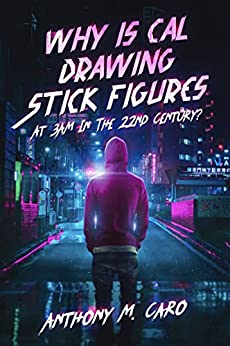
If you like neo-noir transgressive cyberpunk crime stories, there’s my novelette Why is Cal
Drawing Stick Figures at 3 AM in the 22nd Century? is available on Amazon Kindle. [ LINK:
www.amazon.com/Drawing-Stick-Figures-22nd-Century-ebook/dp/B0B52R2YRV ]
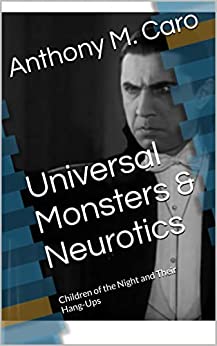
Non-fiction lovers can add Universal Monsters & Neurotics to their Amazon reading
adventures. [LINK:
www.amazon.com/Universal-Monsters-Neurotics-Children-Hang-Ups-ebook/dp/B09
J1WYWM7]
I also strongly encourage anyone who likes to write to put their stuff out there. I need something
cool to read, too.
Follow me on Instagram and TikTok: @TonyMCaro


























































![Mason Ramsey – Twang [Official Music Video] Mason Ramsey – Twang [Official Music Video]](https://i.ytimg.com/vi/xwe8F_AhLY0/maxresdefault.jpg)
















